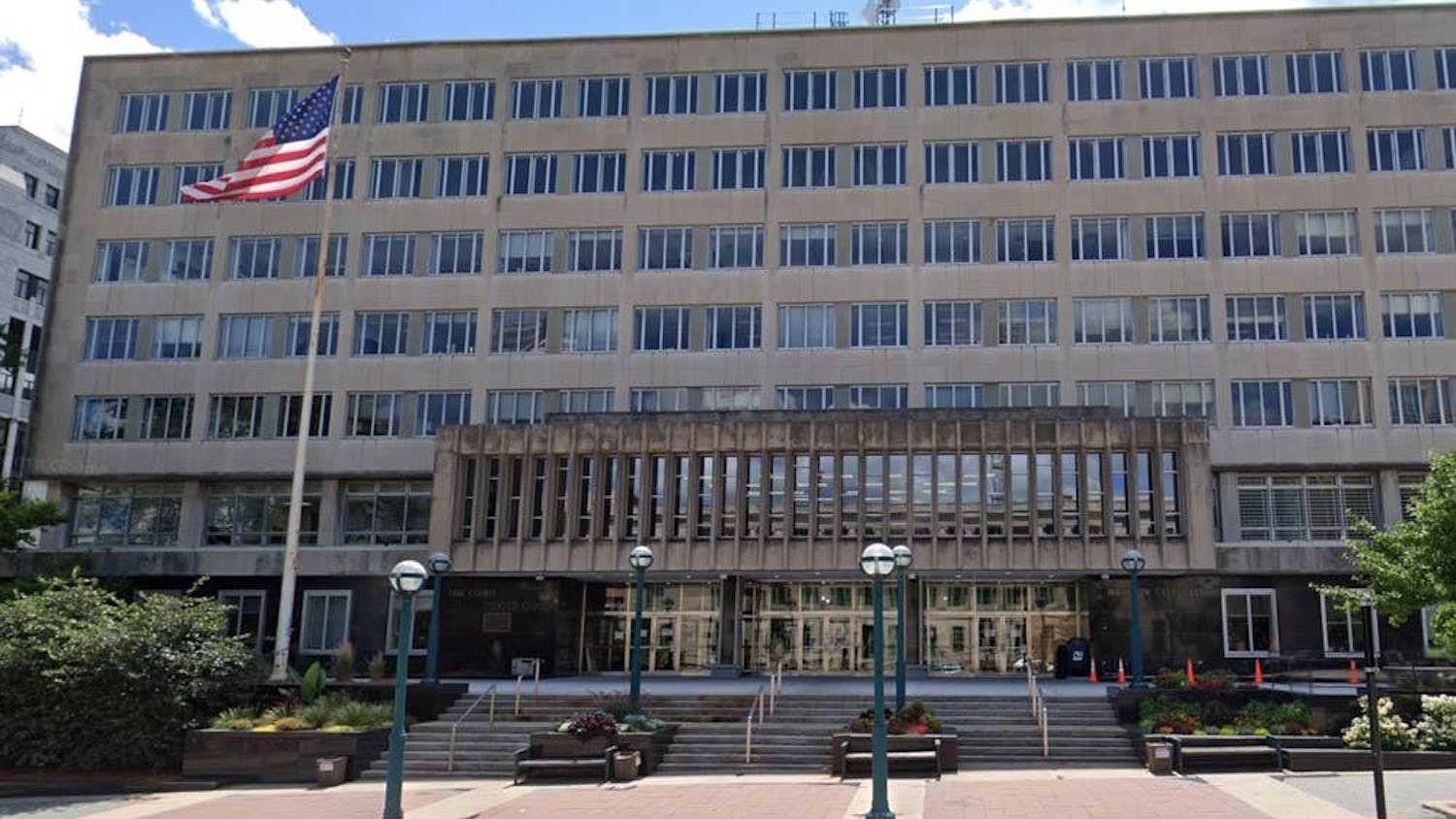The City of Madison released a draft of its Historic Preservation Plan Friday in an effort to protect sites representing marginalized communities and educate the public of their historical significance.
The Common Council’s Historic Preservation Plan Advisory Committee submitted its blueprint after spending two years developing strategies that would allocate resources to the conservation of locations integral to Madison’s collective history while promoting economic development and community engagement.
The plan aims to further integrate historic preservation sites into public policy. This includes enacting proper land use and zoning standards, encouraging educational partnerships, stimulate local economic activity through means like tourism and utilizing sustainable building methods in preserving existing structures.
“The Historic Preservation Plan strives to identify, celebrate, and preserve the places that represent our collective histories, with an emphasis on historic resources associated with underrepresented communities,” the advisory committee said in a press release.
Underrepresented communities set to benefit from the plan include those belonging to African-American, First Nation, Hmong, Latinx and LGBTQ+ populations. Sites and structures that symbolize the advancement of women and feminine experiences in Madison will also be included in the plan.
The St. Francis House Episcopal Student Center, for example, became the first site in 1969 for LGBTQ+ advocates to organize in Wisconsin and later housed multiple LGBTQ+ organizations in the 1970s and 1980s. Located on University Avenue, the student center supported LGBTQ+ members who historically faced social persecution and economic disadvantages in revealing their true identities.
Another priority of the plan involves spurring cultural tourism through the identification and development of historical sites. This includes marking both existing and lost sites that represent historical events and locations of underrepresented communities.
“The number of travelers interested in arts, culture, and history continues to grow,” the plan said. “Experiencing a city or neighborhood while learning about the sites benefits visitors, as well as local residents. Cultural tourism can be a local and state economic driver.”
To promote economic growth, the plan suggested the development of an online database which would be used to identify buildings eligible for historic tax credits. Furthermore, the plan encourages reusing historic buildings as options for affordable housing.
The plan also details how new construction and rehabilitations of existing structures should incorporate specific design strategies to add social, economic and environmental significance to the city.
Audience feedback will be considered by the audience committee in its final draft at a Nov. 20 open house. The committee will meet Dec. 18 to finalize the plan, which is set to be published in early 2020.






